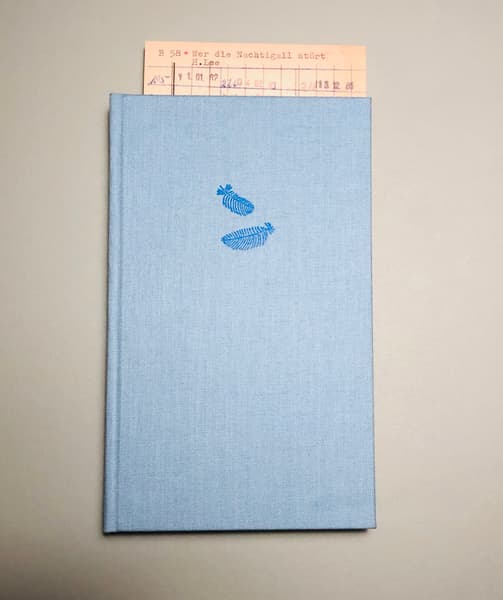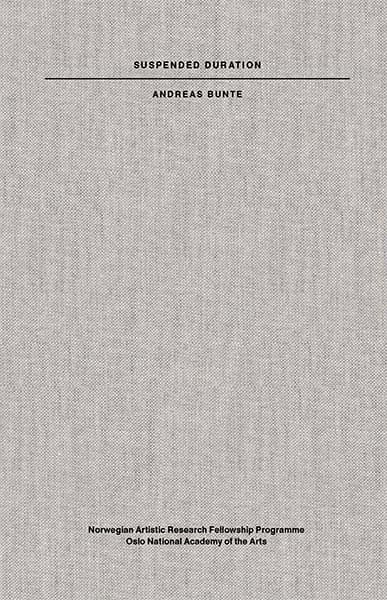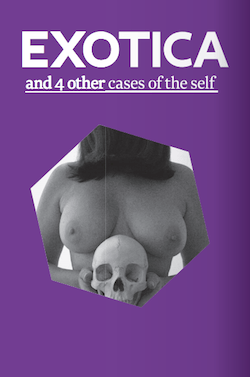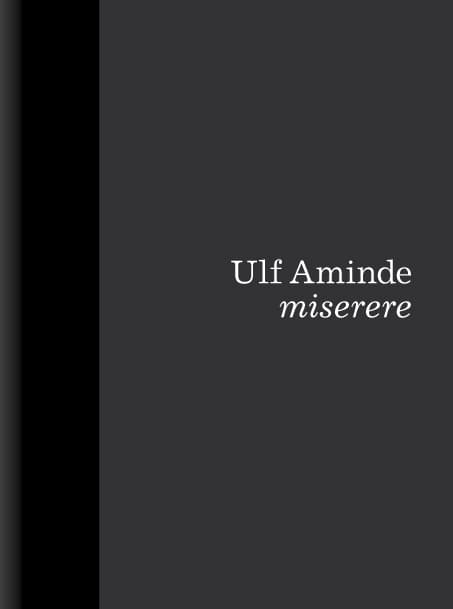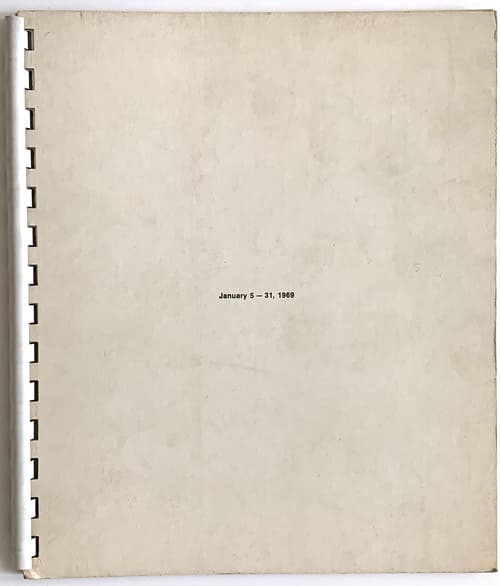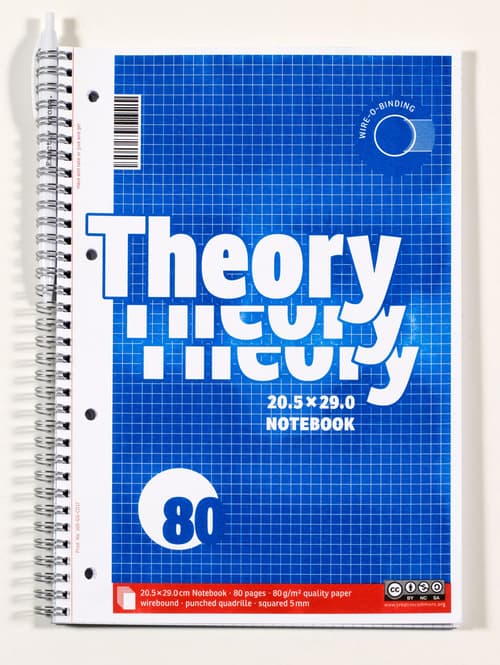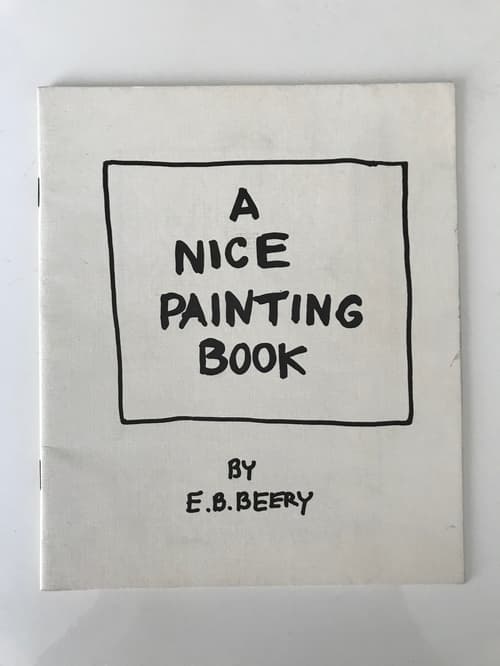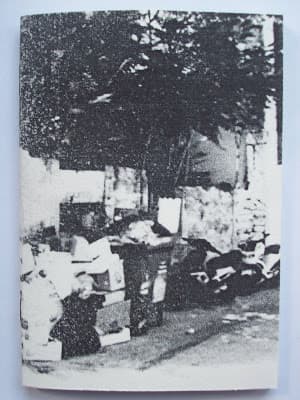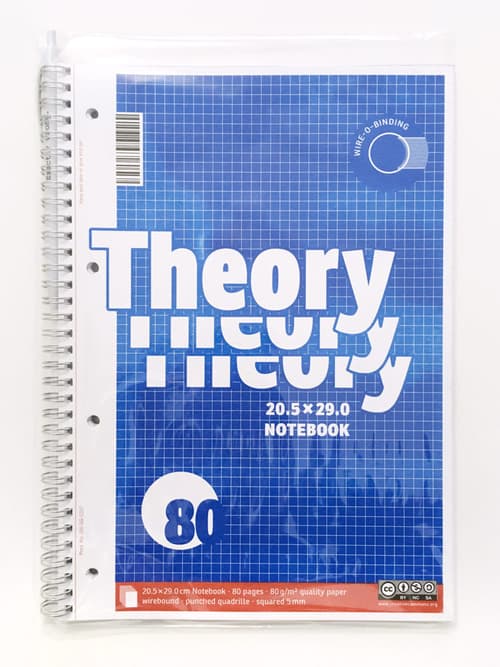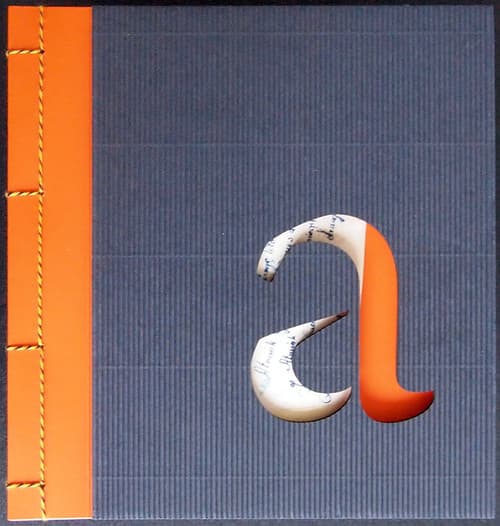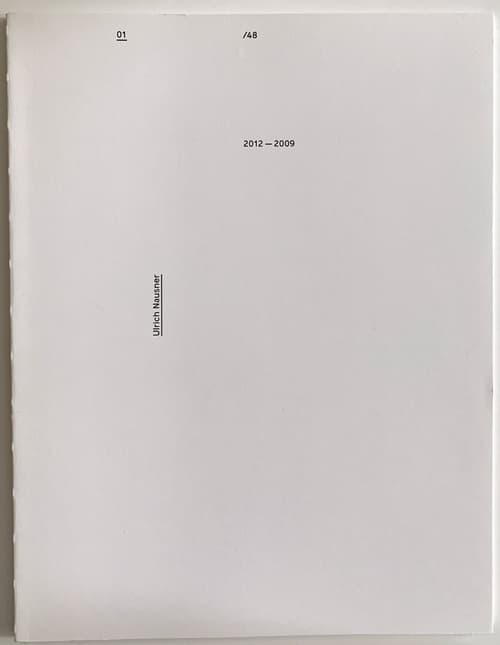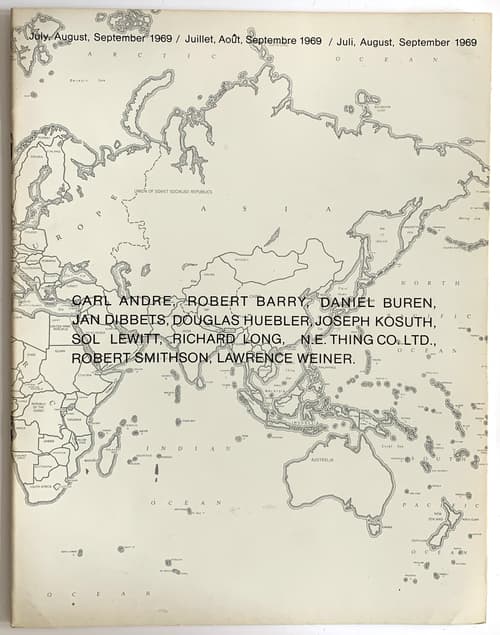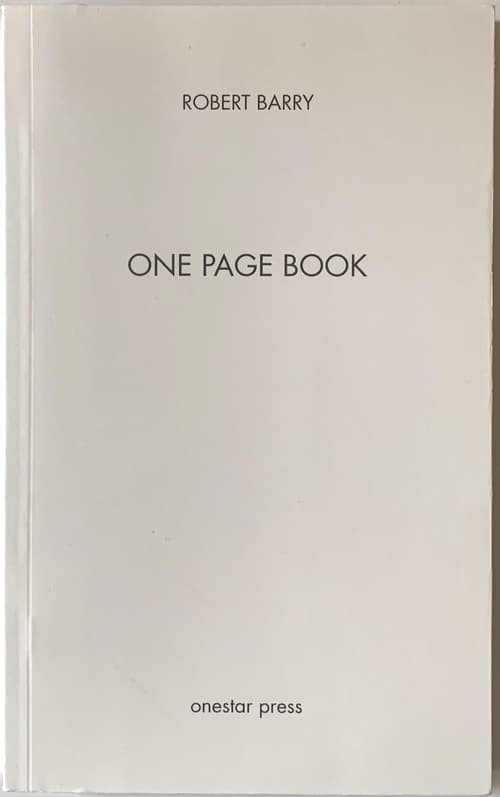Publisher Note english german
How literature is read
An edition of "Wer die Nachtigall stört", the 1960 literary classic by Harper Lee, which many American school children have to read, was surprisingly found by the American Cypriot artist Elizabeth Hoak-Doering in the former Stasi prison Hohenschönhausen in Berlin. During a scholarship at Berlin's Künstlerhaus Bethanien in 2017, the artist searched for traces of the past in Berlin, found graffiti and runes in disused shafts of subway stations or squares. Hoak-Doering's working method is – amongst others studies – influenced by her studies of anthropology. As part of the "Reading Hohenschönhausen" research project, she noticedshe noticed books in the Archives that had been loaned to prisoners, and that during the GDR era they were underlined.
These markings must have been underlined with a fingernail or a pointed object, because the prisoners under investigation were subject to strict controls by the State Security. These are mostly passages in Harper Lee's novel that deal with prejudice, a fair trial or prison conditions. Through these fine but still perceptible underlines in the book, published in German in 1969 by Aufbau Verlag Berlin-Ost, the artist manifested the political system in which critics of the regime were punished in the harshest possible way and the law could be set aside if necessary. For Hoak-Doering, this revealed that literature at different times takes on a completely new reading. The prejudice against Black people in the American southern states around 1930 is read differently by unjustly political prisoners of the GDR in the 1980s than it is today against the background of the Black Lives Matter movement. Today, as then, prejudice in the general public and by legal authorities is an issue.
With the voice of Harper Lee's young narrator, the death of a Black person wrongly accused within an established system reads as monstrously as it was tacitly accepted at the same time. Even today, 60 years after the novel's publication and 70 years after the founding of the GDR, this injustice becomes "readable" through the underlining of the emphasis. Against the background of the contemporary bias and prejudice against Blacks worldwide, this work gains additional relevance.
For this reason, the artist Elizabeth Hoak-Doering and the publishing house Argobooks, with the support of the Gedenkstätte Hohenschönhausen and the American Embassy in Berlin, have decided to reproduce the original linen-bound book of the prison library, including the underlines, in an edition of 200 copies. The facsimile print is produced with the kind permission of Rowohlt Verlag and the Estate of Harper Lee in a traditional Berlin printing house.
Eine Ausgabe von "Wer die Nachtigall stört", dem 1960 erschienenen Literaturklassiker von Harper Lee, den viele amerikanische Schulkinder zu lesen hatten und haben, fand die amerikanisch-zypriotische Künstlerin Elizabeth Hoak-Doering überraschend im ehemaligen Stasigefängnis Hohenschönhausen in Berlin. Die Künstlerin war 2017 während eines Stipendiums im Berliner Künstlerhaus Bethanien auf der Suche nach Spuren der Vergangenheit in Berlin, fand Graffiti und Runen in stillgelegten Schächten von U-Bahnhöfen oder Plätzen. Hoak-Doerings Arbeitsweise ist – unter anderen – beeinflusst von ihrem Studium der Anthropologie. Im Rahmen des Forschungs-Projektes „Reading Hohenschönhausen“ fand sie im Archiv Bücher, die von den politischen Häftlingen zur DDR-Zeit ausgeliehen und mit Unterstreichungen versehen wurden.
Diese Markierungen müssen mit dem Fingernagel oder einem spitzen Gegenstand unterstrichen worden sein, denn die Untersuchungs-Häftlinge waren strengen Kontrollen durch die Staatssicherheit ausgesetzt. Es sind zumeist Stellen in Harper Lees Roman, in denen es sich um Vorverurteilungen, einen fairen Prozess oder um Haftbedingungen dreht. Durch diese feinen, aber noch heute wahrnehmbaren Unterstreichungen im 1969 auf Deutsch im Aufbau Verlag Berlin-Ost erschienenen Buch, manifestierte sich für die Künstlerin das politische System, in dem Regimekritiker aufs Härteste bestraft wurden und das Recht bei Bedarf beiseite geschoben werden konnte. Für Hoak-Doering offenbarte sich hier, dass Literatur zu verschiedenen Zeiten eine ganz neue Lesart bekommt. Die Vorverurteilung von Schwarzen in den amerikanischen Südstaaten um 1930, wird von zu Unrecht politisch Inhaftierten der DDR in den 1980er Jahren anders gelesen, als heute vor dem Hintergrund der Black Lives Matter Bewegung. Heute wie damals ist Vorverurteilung durch Bevölkerung und Rechtsorgane ein Thema.
Mit der Stimme der Erzählerin, der jungen Scout, liest sich der Tod eines Menschen durch ein etabliertes System so ungeheuerlich, wie dies zugleich stillschweigend akzeptiert war. Auch heute, 60 Jahre nach dem Erscheinen des Romans und 70 Jahre nach Gründung der DDR wird dieses Unrecht durch die Unterstreichungen durch die Hervorhebungen „lesbar“. Vor dem Hintergrund einer aktuell offenkundig gewordenen Voreingenommenheit und Vorverurteilung von Schwarzen weltweit erhält dieses Werk zusätzlich Relevanz.
Hier wie dort, damals wie heute ist es nötig, diese Haltung aufzudecken und zu thematisieren. Aus diesem Grund haben sich die Künstlerin Elizabeth Hoak-Doering und der Verlag Argobooks mit Unterstützung durch die Gedenkstätte Hohenschönhausen und die Amerikanische Botschaft Berlin entschlossen, das Original des leinengebundenen Buches der Gefängnisbibliothek mitsamt der Unterstreichungen in einer Auflage von 200 Exemplaren nachzubilden. Der Faksimiledruck wird mit freundlicher Genehmigung des Rowohlt Verlags und der Erben Harper Lees in einer Berliner Fachdruckerei erstellt.
| Publisher | |
|---|---|
| Release Place | Berlin, Germany |
| Release Date | 6th November 2020 |
| Credits |
Artist:
|
| Printrun | 200 |
| Identifiers |
ISBN-13:
978-3-948678-04-3
|
| Inscription | numbered |
| Work | |
|---|---|
| Methods | Conceptual Art |
| Language | German |
| Object | Book |
|---|---|
| Format | Hardcover |
| Binding | Saddle Stiched |
| Dimensions | 12.0 × 19.0 × 2.0 cm |
| Interior | |
|---|---|
| Pages | 340, paginated |
| Technique | Offset |
| Object | Library Card |
|---|---|
| Dimensions | 10.9 × 17.0 cm |
| Individual Sections | 1 |
| Interior | |
|---|---|
| Content | On the library card of the library in the former remand prison of the Ministry for State Security in Berlin Hohenschönhausen (1951-1989), the numbers of inmates who borrowed books were recorded, not their names. Auf der Bibliothekskarte der Bücherei im ehemaligen Untersuchungsgefängnis des Ministeriums für Staatssicherheit in Berlin Hohenschönhausen (1951-1989) wurden die Nummern der Insassen, die Bücher ausliehen verzeichnet, nicht deren Namen. |
| Color | Munken print |
Web references
Virtual Talk: To Kill a Mockingbird: Elizabeth Hoak Doering's Findings at the Stasi Prison Memorial, hosted by the Deutsch-Amerikanisches Institut Sachsen (DAIS) Reading Hohenschönhausen: The Find at Hohenschönhausen Prison memorial and the Making of the reproduction of "To Kill a Mockingbird"